By Amanda Rose Newton
Florida summers are no joke—not just for us, but for the wildlife too! As temperatures climb, shady spots in the garden become vital oases for birds, butterflies, lizards, frogs, and beneficial insects. If you’ve got a shadier corner in your yard, you might think it’s off-limits for planting, but in truth, these are the perfect places to build out cool retreats that attract and support wildlife. Let’s shine a spotlight on some of the best shade-loving plants that double as habitat heroes in Central Florida.
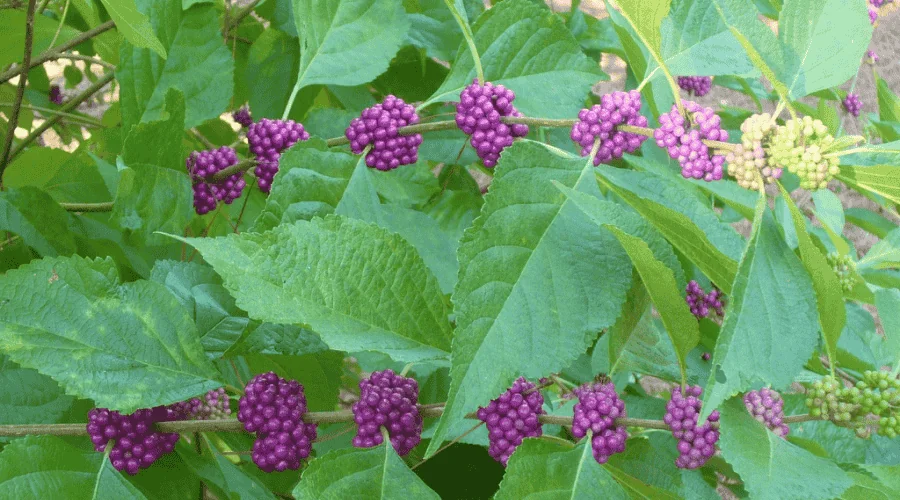
Why Shade Gardens Matter for Wildlife
While sunny pollinator patches receive considerable attention, shaded areas can be equally crucial for biodiversity. Here’s why:
- Temperature Regulation: Shade gardens provide cooler microclimates, which are essential for animals to escape the midday heat.
- Moisture Retention: These areas tend to retain moisture longer, providing damp soil for amphibians and supporting lush undergrowth.
- Protective Cover: Dense foliage and layered planting provide shelter for nesting birds, burrowing reptiles, and ground-dwelling insects.
- Year-Round Foraging: Many shade plants produce berries, nectar, or leaf litter that serve as food or habitat at different times of year.
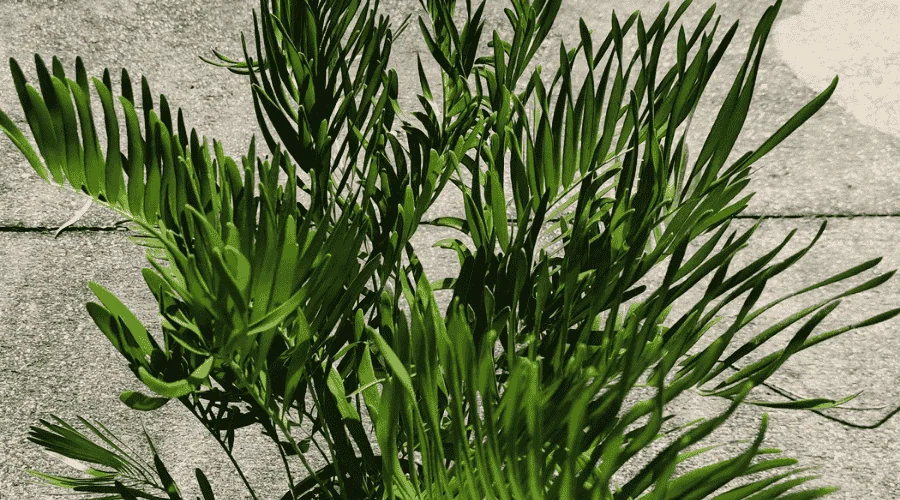
Top Shade-Loving Plants for Wildlife Havens in Central Florida
Here are some locally adapted and Florida-friendly picks that thrive in shade and support native wildlife:
Beautyberry (Callicarpa americana)
- Wildlife Benefit: Purple berries are a favorite for mockingbirds, cardinals, and even raccoons.
- Why It’s a Hero: This native shrub grows well in part shade and provides berries in late summer and fall when food is scarce.
- Care Tips: Cut back in late winter to promote new growth.
Coontie (Zamia integrifolia)
- Wildlife Benefit: Host plant for the rare Atala butterfly and provides ground cover for lizards.
- Why It’s a Hero: Native cycad that thrives in filtered light; drought-tolerant once established.
- Care Tips: Avoid overwatering and plant in well-draining soil.
Woodland Phlox (Phlox divaricata)
- Wildlife Benefit: Early spring nectar for native bees and butterflies.
- Why It’s a Hero: Spreads gently, creating a soft carpet in shaded woodland areas.
- Care Tips: Likes moist, organic soil and partial shade.
Firespike (Odontonema cuspidatum)
- Wildlife Benefit: Hummingbirds and butterflies flock to its bright red tubular flowers, even in part to full shade.
- Why It’s a Hero: This tropical-looking perennial thrives in Central Florida’s heat and humidity, providing reliable color and nectar in understory zones.
- Care Tips: Prefers moist but well-drained soil, tolerates drought once established. Cut back in late winter to promote bushier growth.
Simpson’s Stopper (Myrcianthes fragrans)
- Wildlife Benefit: Provides berries for birds and dense foliage for nesting.
- Why It’s a Hero: Native evergreen shrub or small tree with fragrant leaves and flowers.
- Care Tips: Can tolerate full sun to shade, very low maintenance once established.
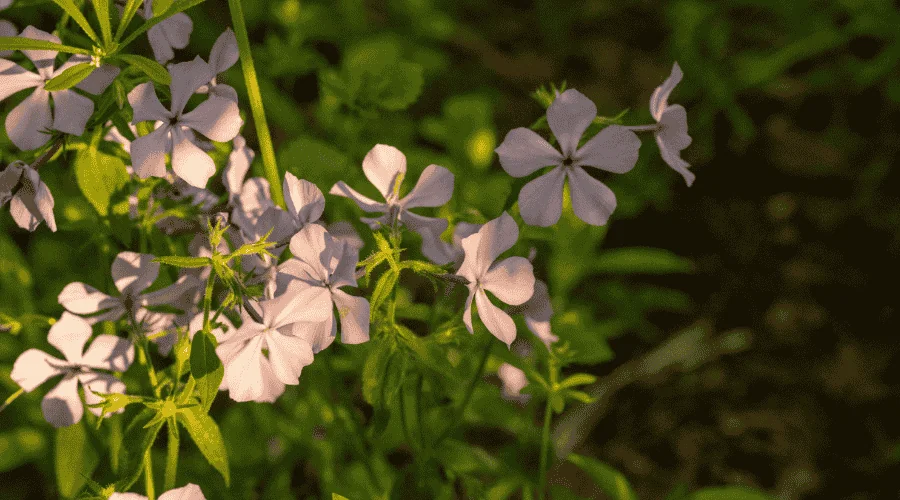
Bonus Habitat Elements for Shade Gardens
In addition to plants, consider adding these features to make your shaded garden extra inviting:
- Brush piles or logs for toads and beetles to shelter under.
- Shallow water dishes or birdbaths tucked in cool corners.
- Leaf litter zones that encourage decomposers, such as worms and fungi.
- Vines and climbing plants like native coral honeysuckle for vertical habitat.
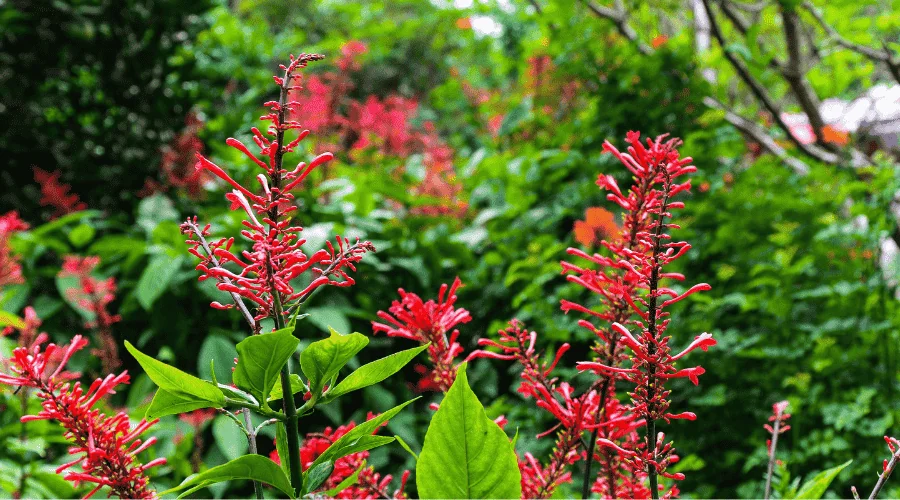
Final Garden Bug Tips for Building a Wildlife Haven in the Shade
- Avoid chemicals. Many shade-dwelling species are sensitive to pesticides and herbicides.
- Go native when you can. Native plants are adapted to our conditions and are more likely to support native wildlife.
- Think in layers. Include ground covers, mid-level shrubs, and taller understory trees to mimic natural forest structure.
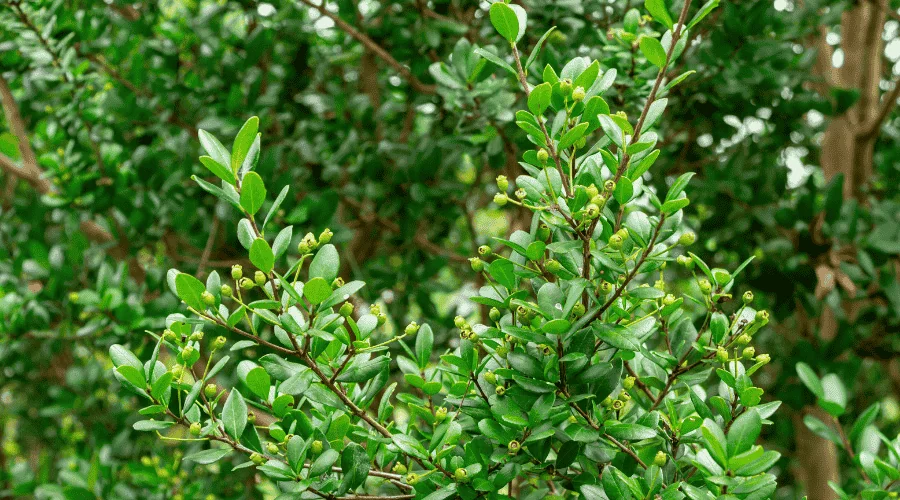
Even in the shadiest corners of your Central Florida yard, you can create a lush, thriving world that offers cool refuge for yourself and your garden visitors. Whether you’re working under oak canopies or along the north side of your home, shade gardens are full of potential. With the right plant choices and a few wildlife-friendly features, your backyard can become a sanctuary for the critters that keep Florida wild and wonderful.


